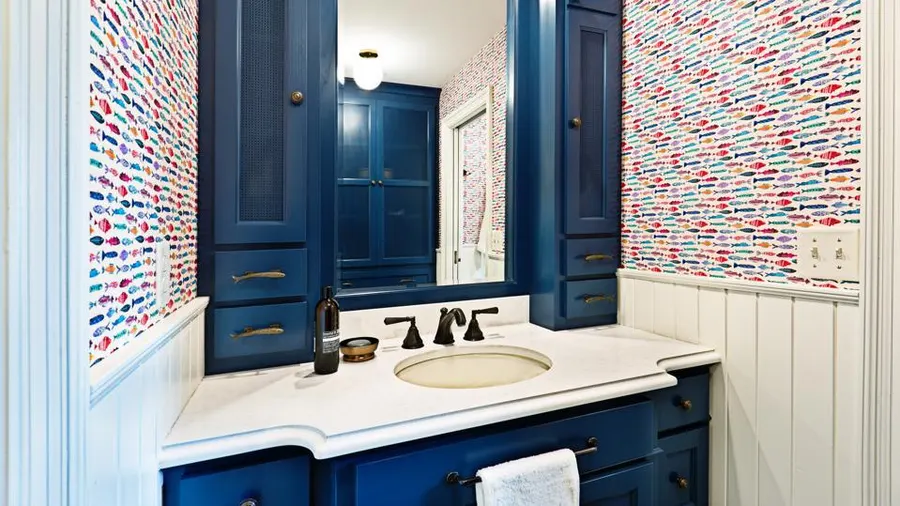Creating a beautiful and organized wardrobe starts with thoughtful planning and a clear understanding of your space and needs. The key to a well-designed closet is maximizing functionality while keeping it visually appealing. Begin by assessing the items you currently own and how you use them. This allows you to customize your storage solutions to suit your lifestyle. For example, if you wear certain clothes more frequently, make sure they are easily accessible at eye level or within arm’s reach. Less frequently worn items can be stored higher up or in less prominent areas. Incorporating adjustable shelving and modular storage units is a smart way to maintain flexibility as your wardrobe changes over time. Adjustable shelves can accommodate everything from shoes to handbags, while modular drawers or bins help keep smaller items like accessories and socks neatly contained. Installing LED strip lights along shelves or inside cabinets brightens the space, making it easier to find what you need and adding a touch of elegance.

Consider adding a full-length mirror to not only make the room appear larger but also serve as a practical element for outfit checks. Mirrors can reflect light and create an illusion of depth, which is especially useful in smaller closets. Utilizing vertical space efficiently is another important tip. Tall wardrobes or built-in units that reach up to the ceiling help maximize storage without occupying more floor space. Use hooks or pegs on the inside of doors or walls to hang scarves, belts, or jewelry, keeping these items untangled and visible. Incorporating pull-out racks for ties, belts, or even shoes adds a layer of convenience and organization, ensuring every inch of your closet is purposeful. Aesthetics should not be overlooked when designing a closet. Choose a color palette that complements the rest of your room or reflects your personal style. Soft neutrals create a calm and clean environment, while bold colors or wallpaper can add personality and a fun twist.
Decorative storage boxes or baskets not only keep smaller items organized but also contribute to the overall look of the space. Labels on boxes or bins can be both functional and decorative, making it easier to maintain order. When it comes to hanging clothes, invest in matching hangers for a uniform and polished appearance. Slim, velvet hangers save space and prevent slipping, while wooden hangers work well for heavier garments like coats or suits. Group similar items together for instance, separate casual wear from formal attire to streamline your selection process. Folding knitwear and delicate fabrics rather than hanging them helps maintain their shape and prevents damage. Do not forget about seasonal rotation as a part of your closet strategy. Store out-of-season clothes in under-bed storage boxes or vacuum-sealed bags to free up space and discover this at ahouseinthehills.com. This makes room for your current wardrobe and keeps the closet uncluttered. Regularly DE cluttering and donating items you no longer wear will also keep your closet manageable and focused on what truly suits you.
